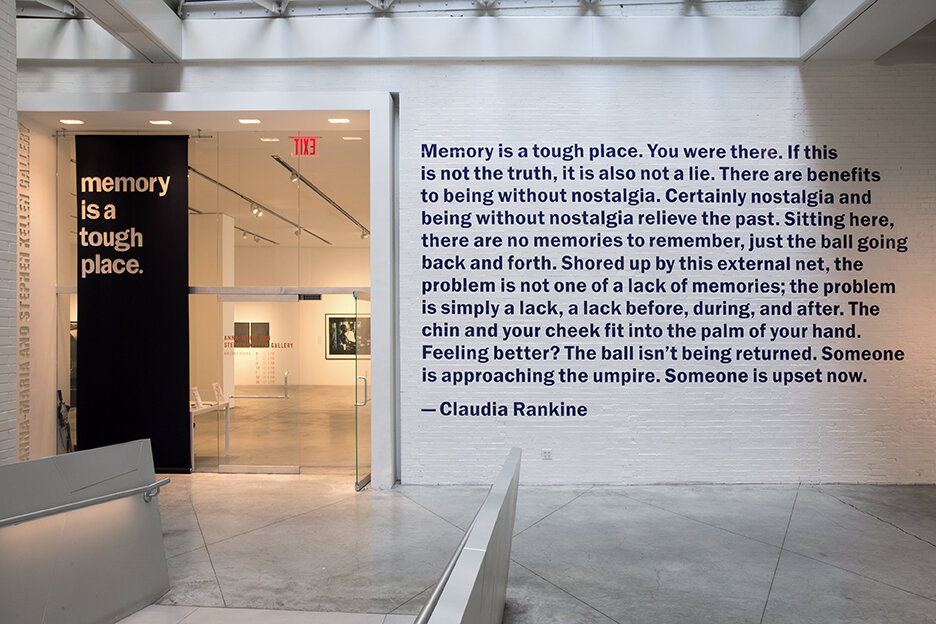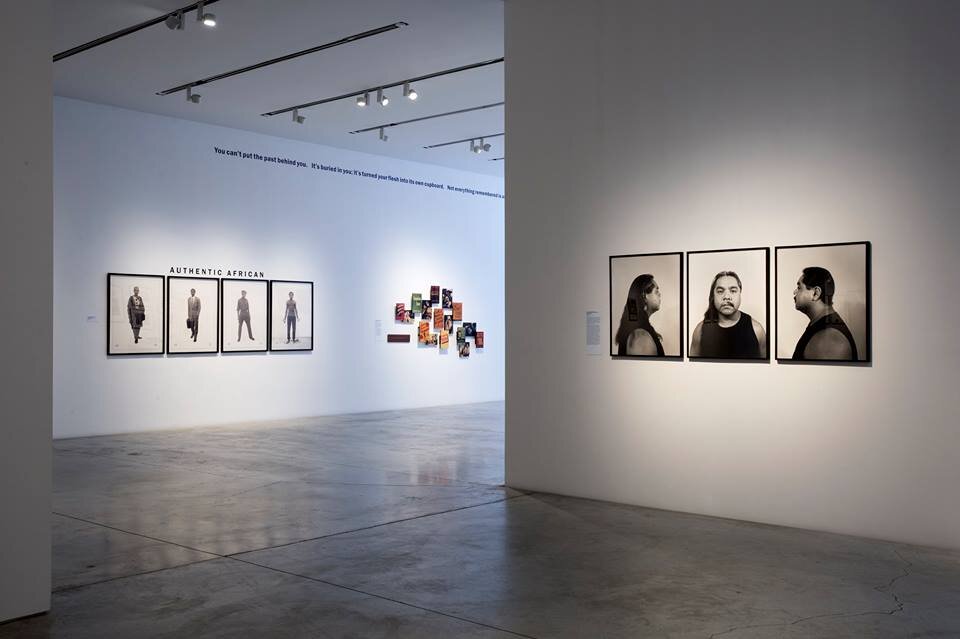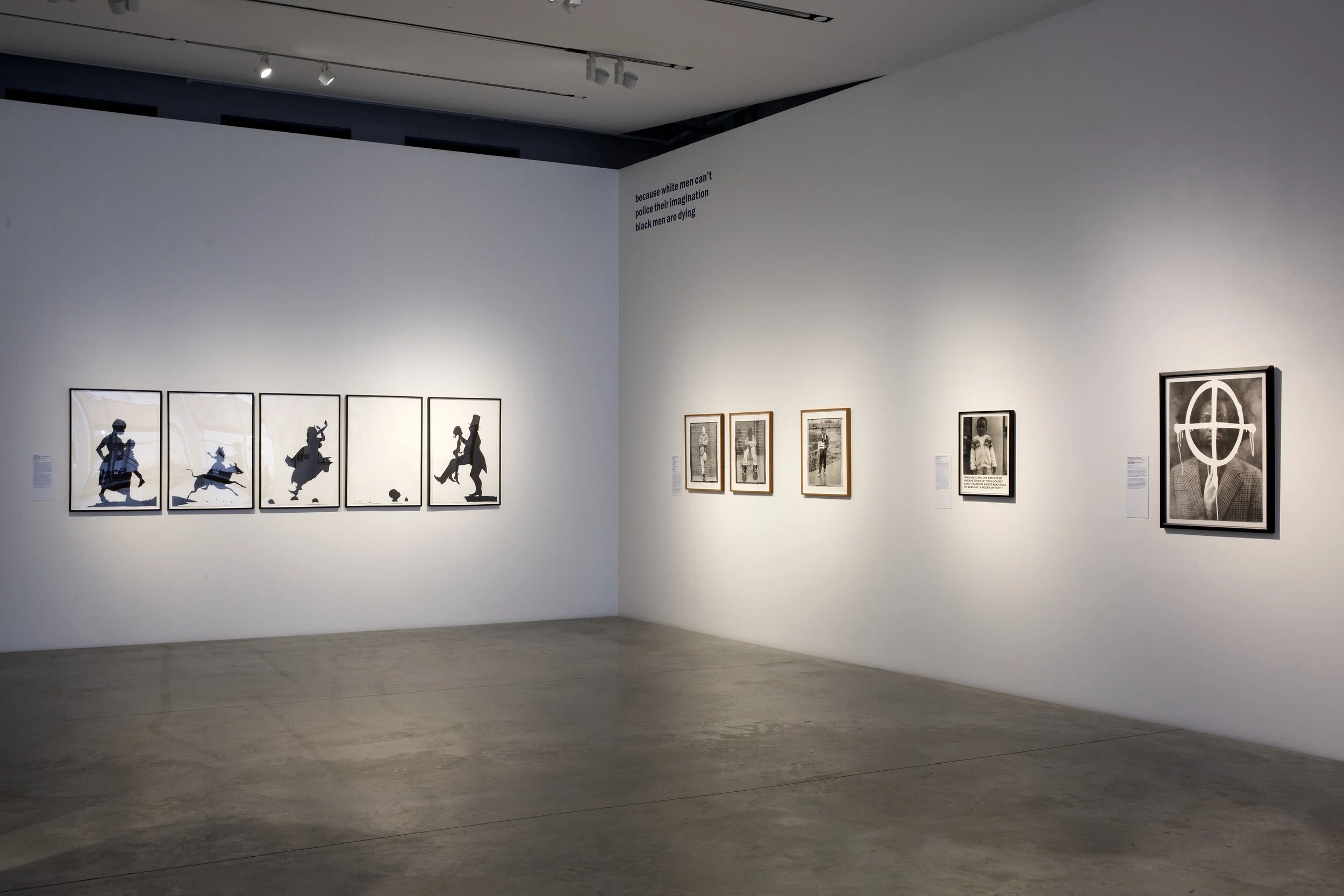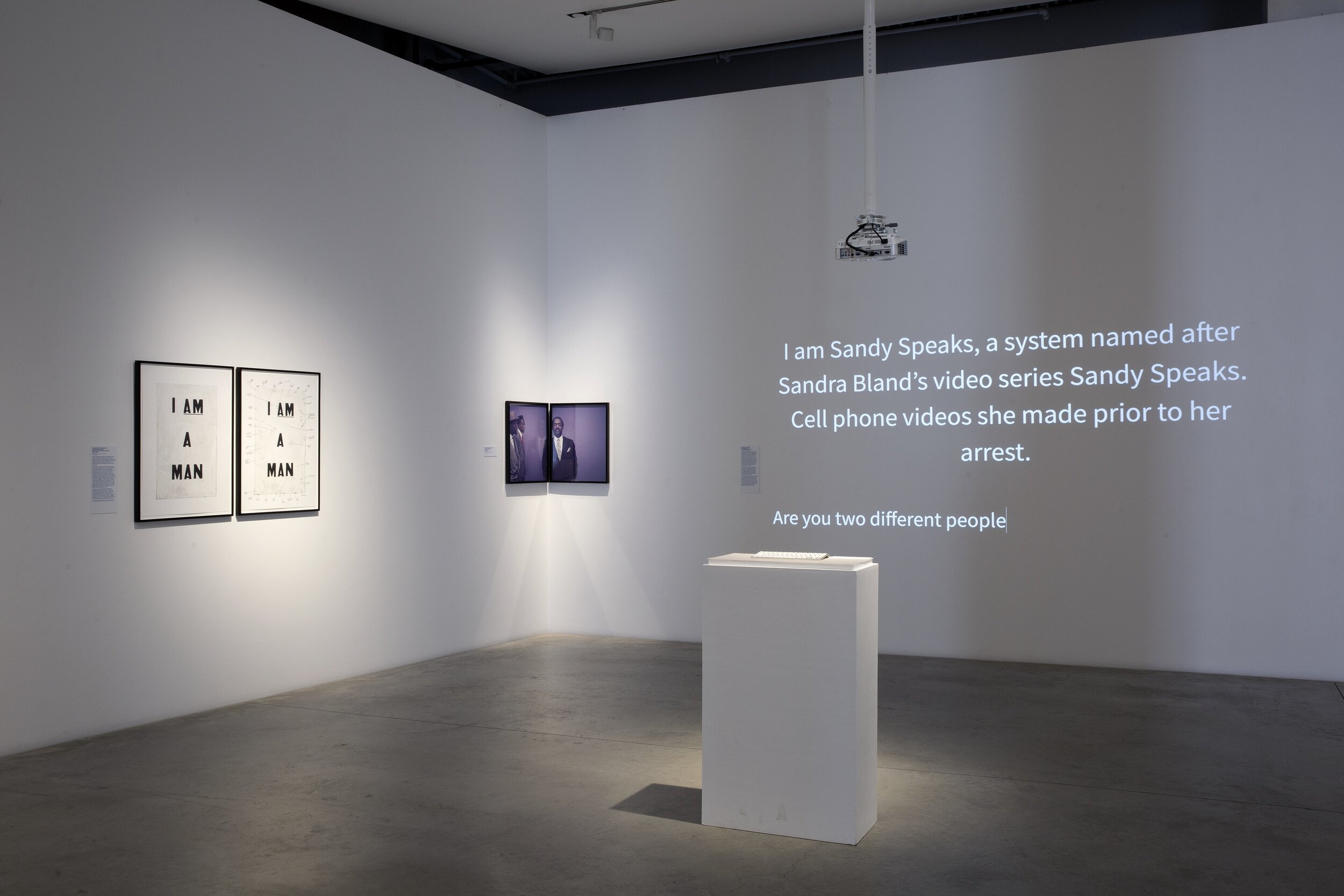Memory is a tough place. The New School Art Collection’s strength lies in its attentiveness to race and social justice. Photographs make up 30% of the collection. Many of these works were made in the late 1980s and early 90s, a period in which some artists used the documentary form of photography and related mediums to develop powerful portraits of themselves and their communities, while others highlighted the violence done to such communities.
Photography has an important evidentiary role to play in capturing the complex upheavals and ruptures that accompany social change: it has long been used to document social injustice, and to spur resistance. But images can also perpetuate such injustice by positioning violence as spectacle, a form of entertainment that traps rather than frees its victims. Roland Barthes wrote that the photograph is a visual paradox. That paradox can become a double bind: to represent or not to represent. And if to represent, what to represent? Suffering, as in Ben Fernandez’s final image of Martin Luther King, Jr. in Countdown to Eternity? Defiance, as in Brian Lanker’s portrait of Rosa Parks, or as embodied by Renée Cox, standing naked and proud in the South Bronx? Or the body that stands yearning in Lyle Ashton Harris’s I longed for the relationship?
Extending the concerns of The Collection’s works in this exhibition are two graduates of Parsons’ Fine Arts MFA program: Sable Elyse Smith and American Artist. They foreground the ways in which the carceral system disappears bodies, pointing to the insufficiency of the image as evidence in our time. The artists in this exhibition both engage and trouble the politics of representation. Considered collectively, their works meditate upon the vexed relationship between memory, photography, and social justice.
This exhibition’s title and quotes are drawn from Claudia Rankine’s 2014 book Citizen
Download the exhibition catalogue here.







